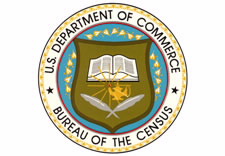BEA: Personal Income Growth for Metropolitan Areas Slows in 2008 Over 2007

Personal income growth slowed in 2008 in most of the nation's metropolitan statistical areas (MSAs), according to estimates released today by the Department of Commerce’s U.S. Bureau of Economic Analysis (BEA). Personal income growth slowed in 322 MSAs, increased in 42, and remained unchanged in 2 MSAs. On average, MSA personal income grew 3.3 percent in 2008, down from 6.0 percent in 2007. Advance metropolitan area income estimates for 2008 are available interactively on BEA's Web site at www.bea.gov/regional/reis/ and select table AMSA. (More)



